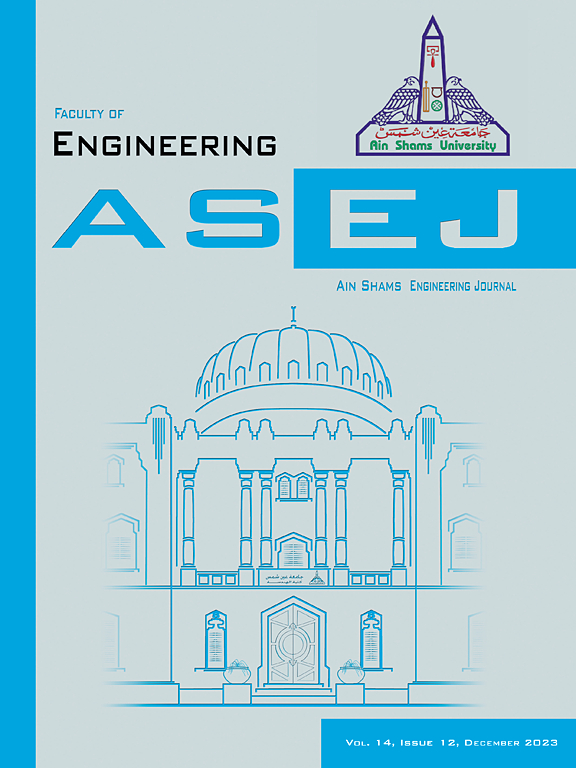Functional analysis of LIDAR technology in optimizing efficiency and sustainability in construction sector
IF 6
2区 工程技术
Q1 ENGINEERING, MULTIDISCIPLINARY
引用次数: 0
Abstract
The construction is fraught with growing environmental and efficiency issues contributing a significant percentage toward the use of energy worldwide and carbon emission. Among several technologies that are now coming to light in the sustainable area of management of construction, one with good promise is LIDAR (Light Detection and Ranging). The purpose of this research is to fill a big knowledge gap regarding the direct impacts on construction project management from LIDAR, like cost, safety, environmental influence, precision, and efficiency. The results, therefore, demonstrate that there were significant improvements in different aspects of the system, which included time efficiency (0.27), cost-saving (0.126 average effect), safety (0.148), and reduction of environmental impact (0.372). Equally, the value of the predictive relevance Q2 = 0.529 further highlights the capability of the model for accurate predictions. This study supports the view that integration of LIDAR may be a strategic enabler of sustainable practice.
求助全文
约1分钟内获得全文
求助全文
来源期刊

Ain Shams Engineering Journal
Engineering-General Engineering
CiteScore
10.80
自引率
13.30%
发文量
441
审稿时长
49 weeks
期刊介绍:
in Shams Engineering Journal is an international journal devoted to publication of peer reviewed original high-quality research papers and review papers in both traditional topics and those of emerging science and technology. Areas of both theoretical and fundamental interest as well as those concerning industrial applications, emerging instrumental techniques and those which have some practical application to an aspect of human endeavor, such as the preservation of the environment, health, waste disposal are welcome. The overall focus is on original and rigorous scientific research results which have generic significance.
Ain Shams Engineering Journal focuses upon aspects of mechanical engineering, electrical engineering, civil engineering, chemical engineering, petroleum engineering, environmental engineering, architectural and urban planning engineering. Papers in which knowledge from other disciplines is integrated with engineering are especially welcome like nanotechnology, material sciences, and computational methods as well as applied basic sciences: engineering mathematics, physics and chemistry.
 求助内容:
求助内容: 应助结果提醒方式:
应助结果提醒方式:


